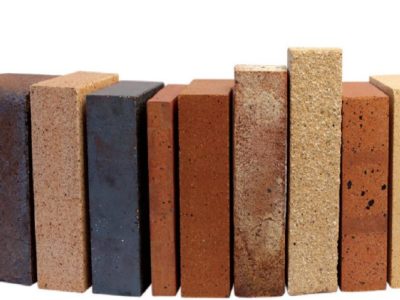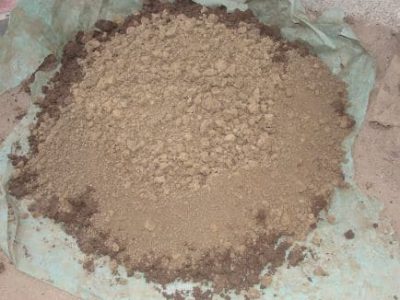Firebricks (Refractory Bricks)

People’s attitudes to social phenomena may play a facilitating role in fulfillment of their goals and welfare. One day, the purpose of dwelling was to be protected from coldness, warmness and hazards, but today the purpose of building construction has been affected by architectural and construction engineering, and human think about dwelling as the best and most beautiful ones. For this reason, Façade has a great importance in building industry today. Therefore, identification and application of materials which may fulfill these needs have been prioritized. One of the most common construction materials is brick. In addition to its resistibility against coldness, warmness and humidity its apparent beauty has been paid in attention.

Firebricks (Refractory Bricks)
Firebrick, also called Refractory Brick, refractory material consisting of nonmetallic minerals formed in a variety of shapes for use at high temperatures, particularly in structures for metallurgical operations and glass manufacturing. Principal raw materials for firebrick include fireclays, mainly hydrated aluminum silicates; minerals of high aluminum oxide content.A fire brick is a special type of brick made using fire clay and has a good resistance against high temperatures which are used in kilns, lining furnaces, fireplaces and fireboxes. These bricks are manufactured in a way similar to that of normal bricks, except during the burning process- Fire bricks are exposed to very high temperatures.
Fire Clay
Fire clay is used to make fire bricks and is generally found under the coal seams. Fire clay contains two major constituents- silica and alumina, of which, the silica percentage varies from 60 to 70% and alumina varies from 25 to 35%.Some other constituents such as oxides of calcium, magnesium, iron, potassium and titanium are also present in fireclay. However, the percentage of constituents other than silica and alumina does not exceed 5% in the case of good fire clay.

Manufacturing Process of Fire Brick
The manufacturing process of fire brick is similar to ordinary bricks. The usual steps are :
- Digging
- Weathering
- Tempering
- Moulding
- Burning
Uses of Fire Bricks
Fire bricks are used for the following purposes :
o These are used for Inner surface lining of kilns, furnaces, chimneys etc.
o To build fire-resistant structures thereby reducing the damage of the structure against fire accidents.
o For inner lining of wood-fired ovens.
o As an insulating material for furnaces, ovens because of their lower thermal conductivity.
Refractory Bricks classifications
The bricks in this class are crafted from a combination of alumino-silicates. Conventionally, the aluminum levels used in the brick are varied from 90-96%, for the best grade alumino-silicates, while lower grade bricks have lower content of the aluminum. Higher amounts of alumino-silicates in the brick lead to better the performance. Alumino-silicate bricks are known to offer high wear-resistance, improved durability and exceptional abrasion and corrosion resistance from chemicals.
When operating in highly abrasive environments coupled with extra-high temperatures, you need to have linings with enhanced durability, and silicon carbide is the right way to go. Besides standing high temperatures and excessive abrasion, silicon carbide bricks yield longer service lives than most conventional fireplace liners.
Another A-grade fireplace liner uses ceramic materials as the core content. This allows for the delivery of exceptional wear and abrasion resistance coupled with high heat tolerance levels. With the ease of molding ceramic products, the bricks in this class can always be shaped into various outfits matching your needs.
Overview on Iran’s Refractories Industry
The first refractory manufacturing company was established in 1939. Steel production began in 1971 in Isfahan Steel Company with Russian technology where they established a refractory department with nominal capacity of 25 000 t of fireclay bricks. This department later became an independent manufacturer in Isfahan. This company with a capability of producing 40 000 t of magnesia based and aluminosilicate bricks as well as monolithic offered its products late seventy. After 1980, more attention was paid on the expansion of steel, cement and other refractory demanding industries. For example the steel production in 1980 was below 1 Mt, while in 2011 over 12 Mt was recorded.
The demand for refractory has been increasing in all sectors and therefore until recently the margin of benefit in refractory industry was tempting. The government is keen to double the production of steel, non-ferrous metals, cement and petrochemicals by 2019.
Currently there is a nominal capacity of 400 000 t of different types of refractory bricks and monolithics to be produced in Iran.



